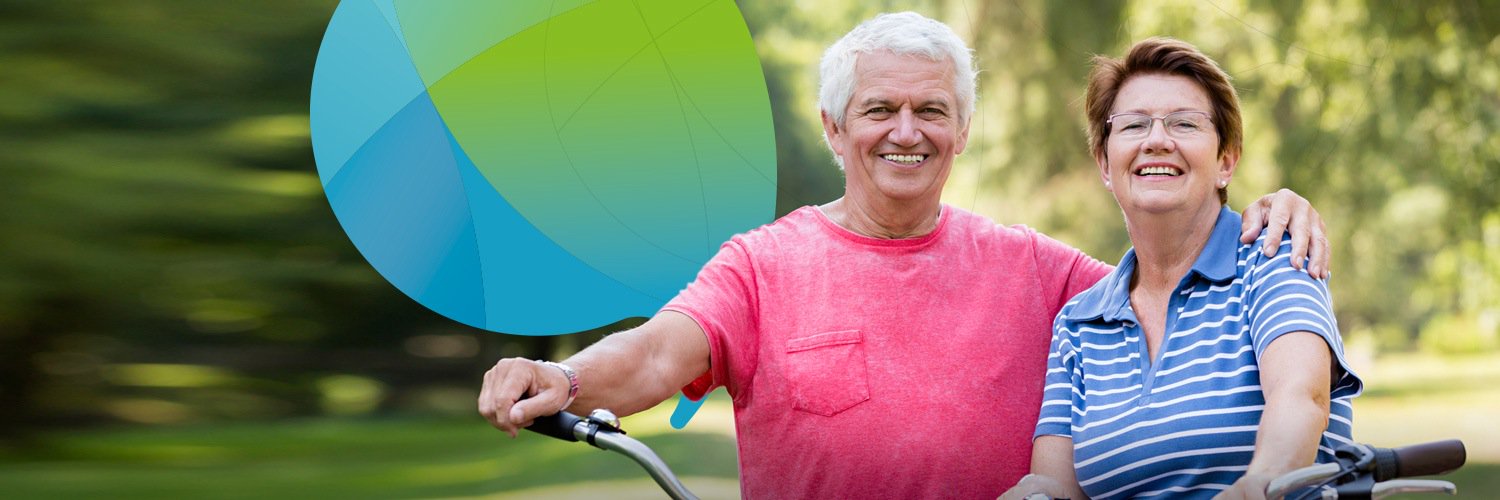|
|
||||||||||||||
|
Joint
Pains |

|
|||||||||||||
Patients commonly report aches in the joints following cancer therapies. Fortunately this
is most often mild and usually wears off within a few weeks. This is a
particular problem with some chemotherapy agents including the taxanes (taxol
and taxotere). Hormone therapies, in the longer term are also associated with
joints pains. About 12% of patients who have taken tamoxifen have joint pains
but this increases to around 55% among patients with breast cancer taking the
aromatase inhibitors drugs. How can you help? Joints are often regarded as a barometer of our health. Excluding specific medical arthritic conditions, arthalgia or joint discomfort, it is often associated with changes in our general sense of well being. They are thought to be particularly sensitive to ingested toxins although the precise mechanism for this is unknown. One theory is that the dietary toxins get caught in the micro vessels of the joints. A good example of this is gout where excess uric acid, often caused by dietary excess gets trapped in the joint. Other dietary toxin also may cause irritation
in the joint itself but in addition to the direct damage they cause, the
body’s immune system can make it worse. Defence cells and proteins attach to
the toxins forming large complexes which can then clot in the small joints,
particularly those of the fingers and toes. The immune attack on the toxins,
then further causes collateral damage to delicate joint tissues. A diet low in
man made chemicals is therefore certainly well worth a try. Washing fruit and
vegetables is a good step but many consider organic food if joint pains persist.
Avoiding processed food or commercially packaged snack or sweets with reduce the
intake of preservative, colourings and flavouring. Fizzy sugary drinks are also
often packed with food additives and, although often difficult through lack of
choice could be replaced by more health drinks such as purdy’s, fresh juices
or if all else fails water! Joints,
by the nature of their mechanism, endure a great deal of wear and tear. Extra
strain is put on them by excessive weight or
bad posture. Being overweight is
associated with arthralgia and later arthritis in the major weight bearing
joints such as the hips, knees & back – needless to say if overweight, it
would be a good idea to slim down. Posture
is a more complex issue. Most of us do not even know we are slouching
until someone points it out or we see a video or photograph of ourselves. Bad
posture particularly leads to neck, lower back and shoulder pains. Patients are
either more vulnerable to a long standing bad posture after chemotherapy or with
its associated fatigue can develop bad habits especially if there has also been
some weight gain. Simply being aware of a deterioration on posture is a good start
as most of us know what to do – the old adage is relevant – walk tall, chin
in, shoulders back, stomach in. It may be worth a strong course of physiotherapy
or osteopathy. If you have a good gym nearby a session with a personal trainer
may well be money well spent. Try a simple experiment yourself - stretch an arm out horizontally in front of you with the palm of your hand facing the floor. Then move the hand upwards bending the wrist. Compare this with someone older then younger than yourself. The younger will be able to move the wrists upwards with a much greater movement. In fact, most elderly people cannot move the wrist up at all. After chemotherapy or prolonged recovery from surgery the normal problems we all experience with aging seems to be exacerbated so extra effort needs to be made. Try to follow these simple instructions:
Diet and arthritis The is strong evidence that lifestyle factors such as stopping smoking, health fats, a healthy gut and reular polyphenol intake can reduce the onset and serverity of joint pains - read more |
||||||||||||||




